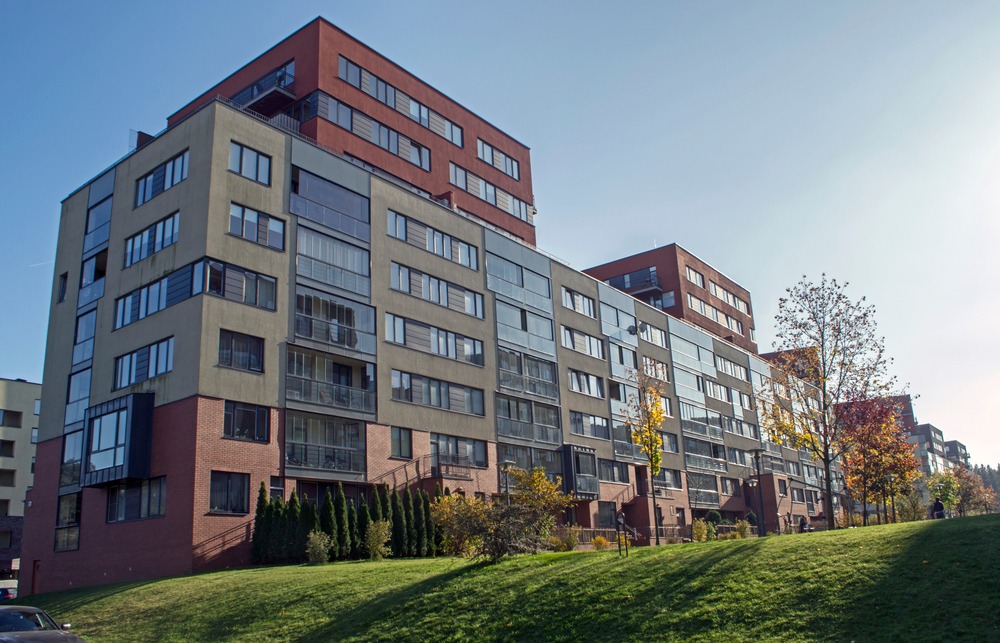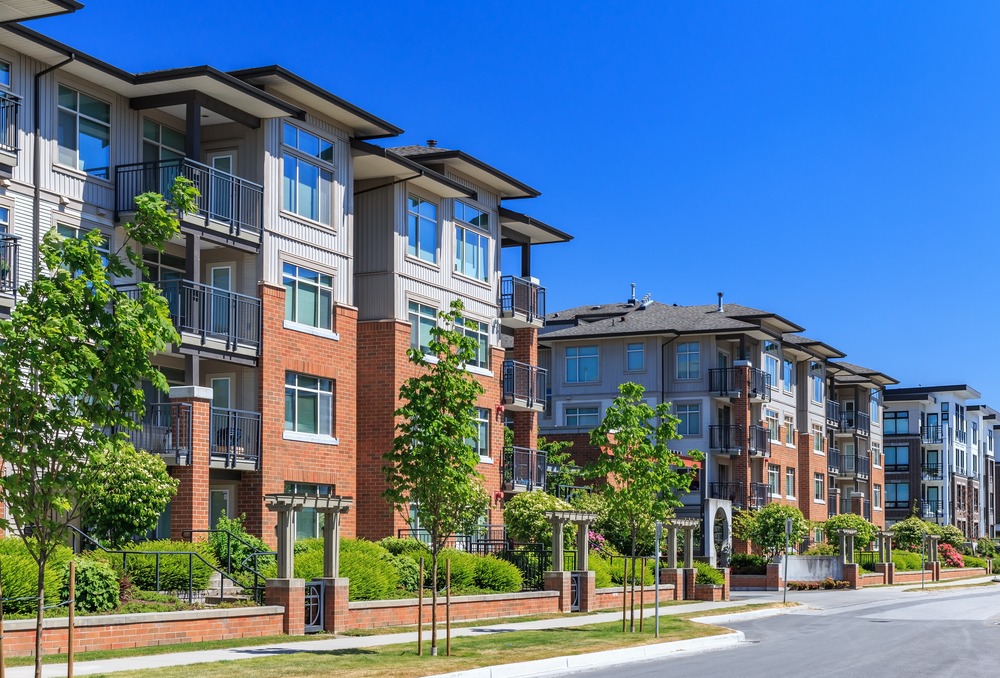Real estate debt is both a boon and a curse, with higher-for-longer interest rates offering the potential for respectable returns as well as significant issues for existing investments. Kingbird Investment Management’s managing director of capital markets Lei Farrand discussed the sizable investment opportunity given the millions of mortgages that will need to be refinanced in a much higher interest rate environment than originally anticipated.
Potential trouble brewing in a sector that has been viewed as relatively bulletproof multifamily is concerning. But while stress is very much real, industry participants are quick to point out that the overall foundation for multifamily remains strong. “The cracks that we’re seeing are not structural; they’re superficial,” says Vincent DiSalvo, chief investment officer at Kingbird Investment Management, a family office investment firm specializing in multifamily.
The multifamily sector has stabilized in the near term, but its outlook will be affected by two disparate paths in front of the US economy: 1) a recession spurred by high interest rates and a decrease in consumer and government spending; or 2) a soft landing made possible by a strong consumer, on/near target inflation, and stable or slightly lower interest rates. In this multifamily outlook published in WealthManagement.com, Kingbird’s Chief Investment Officer Vincent DiSalvo shares more about how each scenario could unfold heading into 2024.
BOSTON, MASS. (May 24, 2023) – Kingbird Investment Management, the real estate subsidiary of Puerto Rico-based Grupo Ferré Rangel – a century-old, family-owned strategic investment holding company – has released a white paper highlighting the chronic undersupply of the US housing market for workforce rental housing.
The workforce housing segment faces a severe undersupply of attainable and quality rental housing. Investors would be wise to take notice.
The United States’ residential sector is chronically underserved; since 2017, the nation has been experiencing a large and growing shortage of housing. In 2017, this shortage was an estimated 731,000 housing units, but as of 2020 has now grown to between 3.8 – 6.8 million units, according to Kingbird Analysis of Federal Reserve Board of St. Louis, US Census Bureau, ACS IPUMS, and CoStar Data, along with Freddie Mac Housing Supply: A Growing Deficit May 2021 and National Association of Realtors Housing is Critical Infrastructure: Social and Economic Benefits of Building More Housing June 2021. The lack of supply relative to demand in the US residential sector, specifically within the workforce housing segment, has created an ideal, fundamentals driven environment for investing in workforce housing.





